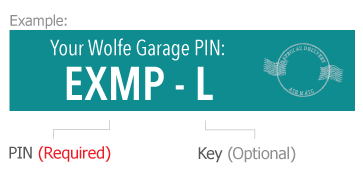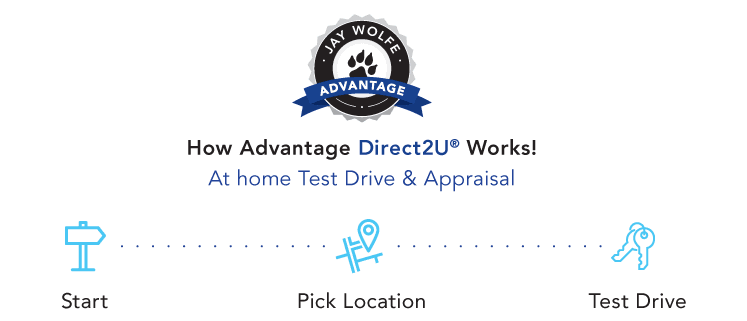What’s the Check Engine Light All About?
It’s common knowledge that Honda cars, SUV’s and trucks are among the most dependable, long-lasting vehicles on the road. The name Honda is virtually synonymous with reliability. That means you’re never going to experience a problem with your Honda, right? Well, not always. You see, sometimes issues come up that are environmental, are caused by physical damage, and yes, even the very occasional manufacturer’s defect. It happens to the best of us. One such issue that you may come across is the Check Engine light, or malfunction indicator light (MIL). That little amber light illuminates on your instrument cluster anytime a fault is detected by the onboard diagnostics system. It’s there to tell you when your Honda has found a problem with itself and is a handy little light to have.
What causes the Check Engine light to come on?
The list of systems and sensors that are monitored is too extensive to itemize, although there are a few common things to look for IF your Check Engine light comes on.- Check your gas cap. If your gas cap is loose, the evaporative emissions system in your vehicle thinks there’s a massive fuel leak and will turn on the Check Engine light. It’s probably the most common reason for your engine light to come on. Simply reinstall and tighten the fuel cap until you hear it click. Sometimes, the Check Engine light will clear on its own within a few days, and other times you may need to drop in to have it cleared.
- Faulty oxygen sensor. Oxygen sensors, or O2 sensors, monitor your exhaust to make sure the engine is burning fuel cleanly. It can cause the Check Engine light to come on if the sensor itself is faulty or if it finds a problem with how the engine is performing. You’ll need to get this checked out to get your Honda operating at peak performance once again.
- Catalytic converter failure. This exhaust component superheats your exhaust gases to finish burning any hydrocarbons remaining in the exhaust, eliminating excessive pollution. Poor fuel quality, an improperly operating engine, or a plugged converter can cause the Engine light to come on, and you’ll need us to check it out for you.
- Spark plugs are fouled. Under normal conditions, spark plugs don’t need to be replaced for 60,000 miles or longer. However, in extremely cold conditions, spark plugs can get fouled prematurely, causing a misfire that turns the Check Engine light on. This can sometimes clear up on its own after a few trips, but you may have to come in for us to check it out.






